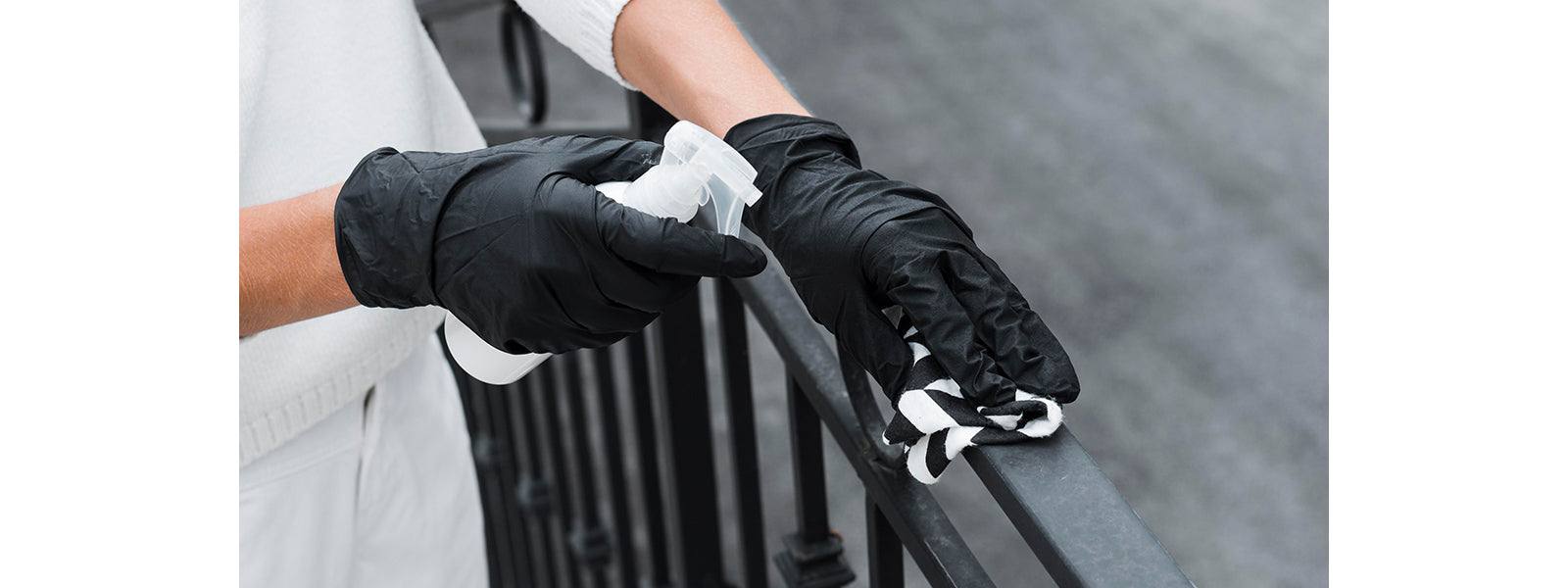
Navigating the Spectrum: Comparing Glove Thickness, Quality, and Strength
In a world where disposable gloves play a crucial role in ensuring safety and protection across various industries, understanding how to compare different types of gloves is essential. From medical professionals to laboratory technicians and food service workers, the choice of gloves involves considerations of thickness, quality, and strength. Let's embark on a journey to unravel the intricacies of glove selection and explore the factors that distinguish one type from another.
Thickness Matters
The thickness of gloves is a critical factor that directly impacts their protective capabilities. Here's a breakdown of common thickness categories:
Thin Gloves (3-4 mil): These gloves offer excellent dexterity and tactile sensitivity, making them suitable for tasks requiring precision, such as medical examinations and laboratory work.
Medium Gloves (5-6 mil): Strike a balance between dexterity and durability, making them versatile for various applications, including food handling and light industrial tasks.
Thick Gloves (7 mil and above): Ideal for heavy-duty tasks that require robust protection, such as handling harsh chemicals or performing tasks in a rugged environment.
Quality Indicators
Quality encompasses various aspects, including material composition, manufacturing processes, and adherence to industry standards. Consider the following when evaluating the quality of gloves:
Material Type: Whether latex, nitrile, or vinyl, each material has its unique properties. Nitrile gloves, for example, offer excellent resistance to chemicals, while latex gloves provide superior elasticity.
Manufacturing Standards: Look for gloves that comply with industry standards and regulations. This ensures that the gloves meet specific quality benchmarks, providing a reliable barrier against contaminants.
Powder-Free Options: Powdered gloves were once common, but their use has decreased due to the potential for allergic reactions. Choosing powder-free gloves reduces the risk of sensitivities and ensures a cleaner environment.
Strength and Durability
The strength of gloves is a crucial aspect, especially in environments where durability is important. Consider the following factors when evaluating the strength of gloves:
Tensile Strength: This measures a glove's ability to withstand stretching and tearing. Higher tensile strength is desirable for gloves used in heavy-duty tasks.
Puncture Resistance: Evaluate gloves for their resistance to punctures, especially in fields where exposure to sharp objects is common. Nitrile gloves often excel in this aspect.
Tear Resistance: A glove's tear resistance is vital for tasks that involve pulling and stretching. Thicker gloves tend to have better tear resistance.
Choosing the right gloves involves a nuanced understanding of thickness, quality, and strength. Whether you're a healthcare professional, a laboratory technician, or someone working in the food industry, considering these factors ensures that the gloves you select align with the demands of your specific tasks. By navigating the spectrum of gloves with a focus on thickness, quality, and strength, you can make informed decisions that prioritize both safety and functionality in your chosen field.
Leave a comment